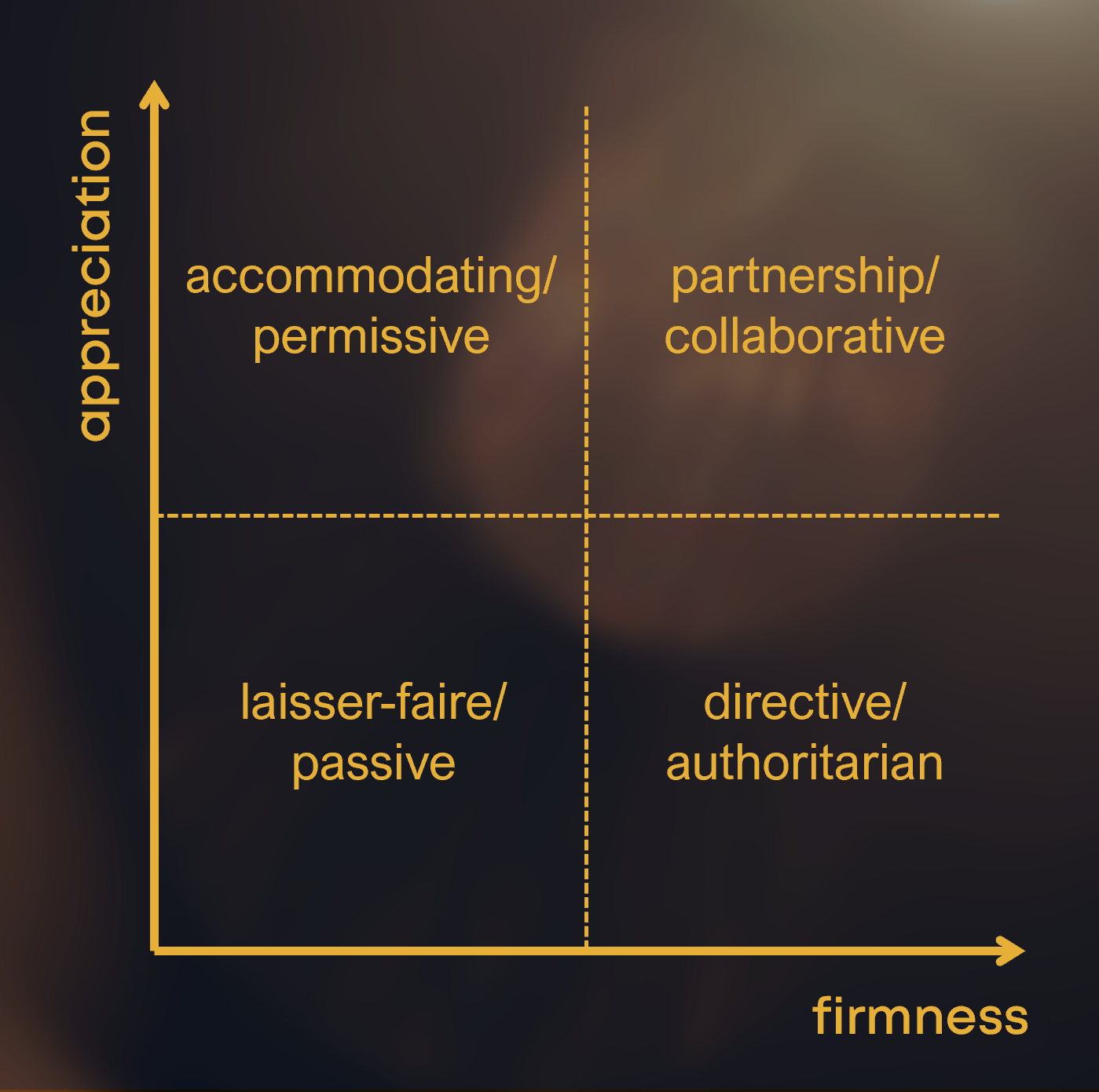In complex negotiations, the dynamics of power are rarely static. They shift—sometimes subtly, sometimes dramatically—as parties use leverage to improve their own position or reassess that of their counterparts. The following case illustrates how a perceived imbalance of power can be strategically challenged—even in the absence of a real alternative. It will show that alternatives need not be fully realized to be influential; they need only be credible enough to unsettle the other party’s assumptions.
The scene is set within the European operations of a large telecommunications conglomerate, here anonymized as TelCo, whose footprint spans a dozen or more national subsidiaries across the continent. In an effort to harmonize and modernize its infrastructure, TelCo had set out to consolidate its payment services. Rather than maintaining a patchwork of local providers and fragmented processes, the company aimed to centralize these functions under a single integrator capable of managing multi-country operations with consistent standards.
The natural partner for such a task was a specialized service provider—let us call them PaySys—who, at that time, enjoyed a quasi-monopolistic position in the market segment of cross-border payment service integration. Given TelCo’s strategic priorities and operational constraints, this provider appeared to be the only viable player with the technical capacity, regulatory reach, and operational footprint to meet the company’s requirements. PaySys knew full well that they held a unique position — and entered the negotiations with a confident, even assertive, posture, setting out price points and commercial conditions that, from TelCo’s perspective, bordered on opportunistic. Internally, TelCo’s negotiation team faced a troubling asymmetry in bargaining power. Traditional levers such as competitive pressure or in-house substitution were absent. The classic make-or-buy decision leaned heavily towards “buy,” not because of preference, but due to the sheer complexity and cost associated with building internal integration capabilities from scratch. The service was needed, and only one supplier could deliver it.
But necessity does not preclude strategy. Whenever structural asymmetries appear fixed, the deliberate shaping of perceived alternatives can restore balance and open the path to more equitable outcomes.
Rather than accept PaySys’s terms or engage in futile bargaining from a weakened position, TelCo embarked on a path that, while tactically bold, was grounded in a precise reading of power dynamics—not as fixed assets, but as fluid perceptions. The team decided to play for time. Negotiations were decelerated, questions were raised, and while the engagement remained constructive on the surface, the message was unmistakable: TelCo was not ready to sign under these conditions.
Meanwhile, in parallel—and largely off-stage—TelCo began contacting individual local payment service providers in key European markets. The purpose was not to establish immediate contracts, nor to replace PaySys operationally. Instead, the goal was to project a plausible narrative: that TelCo was actively exploring the option of building its own integration layer by directly managing relationships with multiple vendors. While internally there was little appetite to fully pursue this path, externally, it was designed to serve as a credible signal of an emerging alternative.
What followed illustrates the delicate balance between bluff and believability in strategic negotiation.
As local providers began receiving inquiries from TelCo’s procurement and IT teams, word inevitably traveled. Some of these providers, uncertain about the potential implications for their existing partnerships, began reaching out to PaySys to express concern and seek clarification. The message that landed with PaySys was clear: TelCo appeared to be reconsidering its approach, and PaySys might no longer be the sole actor in control.
Of course, as TelCo began reaching out to individual payment providers, it was a calculated effect that these overtures would not remain confined to one-on-one conversations. In ecosystems where actors are interconnected—whether commercially, operationally, or informally—information tends to diffuse.
These signals converged into a narrative that triggered a reassessment within PaySys. The once-stable perception of exclusivity was now in question. Though no formal announcements had been made, the aggregate effect of these peripheral signals was to introduce doubt into PaySys’s earlier assumption of exclusivity. And in high-leverage negotiations, such doubt can erode perceived power far more effectively than confrontation. The notion that TelecomCo might actually be constructing a viable BATNA*—however incomplete or imperfect—began to take root. And in negotiation, perception often trumps reality.
What ensued was a visible shift in posture. PaySys returned to the table with revised pricing and greater flexibility, its earlier assertiveness giving way to a more collaborative tone. The deal was eventually concluded, still within the framework of external service provision, but on significantly more favorable terms than initially anticipated.
This case illustrates how power in negotiations is often less a matter of objective conditions that of mutual perception. Power is not determined solely by facts—it is shaped, above all, by the perceptions of each party’s alternatives, resolve, and intent. In this case, TelCo did not acquire a better BATNA in absolute terms. What they created, and carefully projected, was the credible appearance of a developing alternative. That perception alone was sufficient to erode the supplier’s confidence in their own position, and to bring about a fundamental shift in the dynamic in TelCo’s favor.
In high-stakes, low-competition negotiations, where options are scarce and timelines tight, the strategic use of ambiguity—so long as it remains plausible—can become a powerful tool to level the playing field.
* BATNA = Best Alternative To a Negotiated Agreement, refers to the most advantageous course of action a party can take if negotiations fail and an agreement cannot be reached





